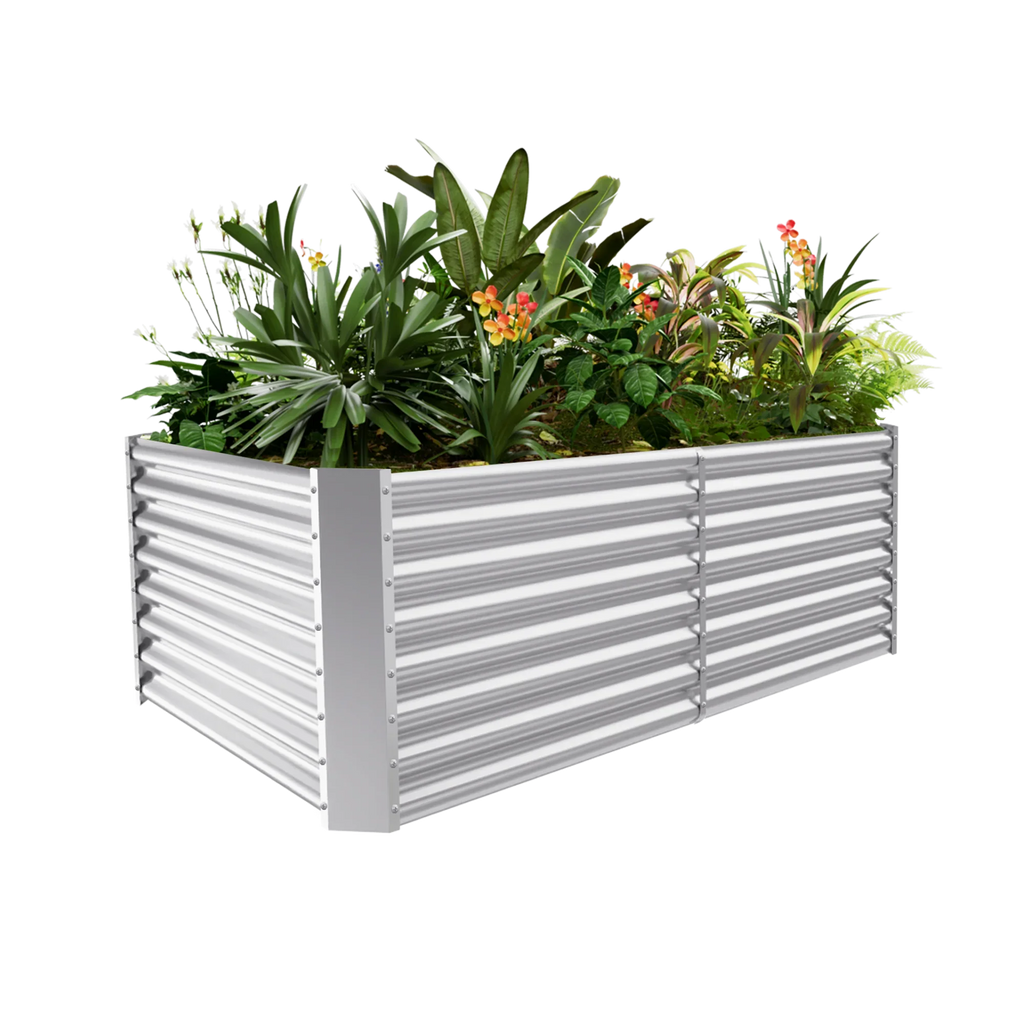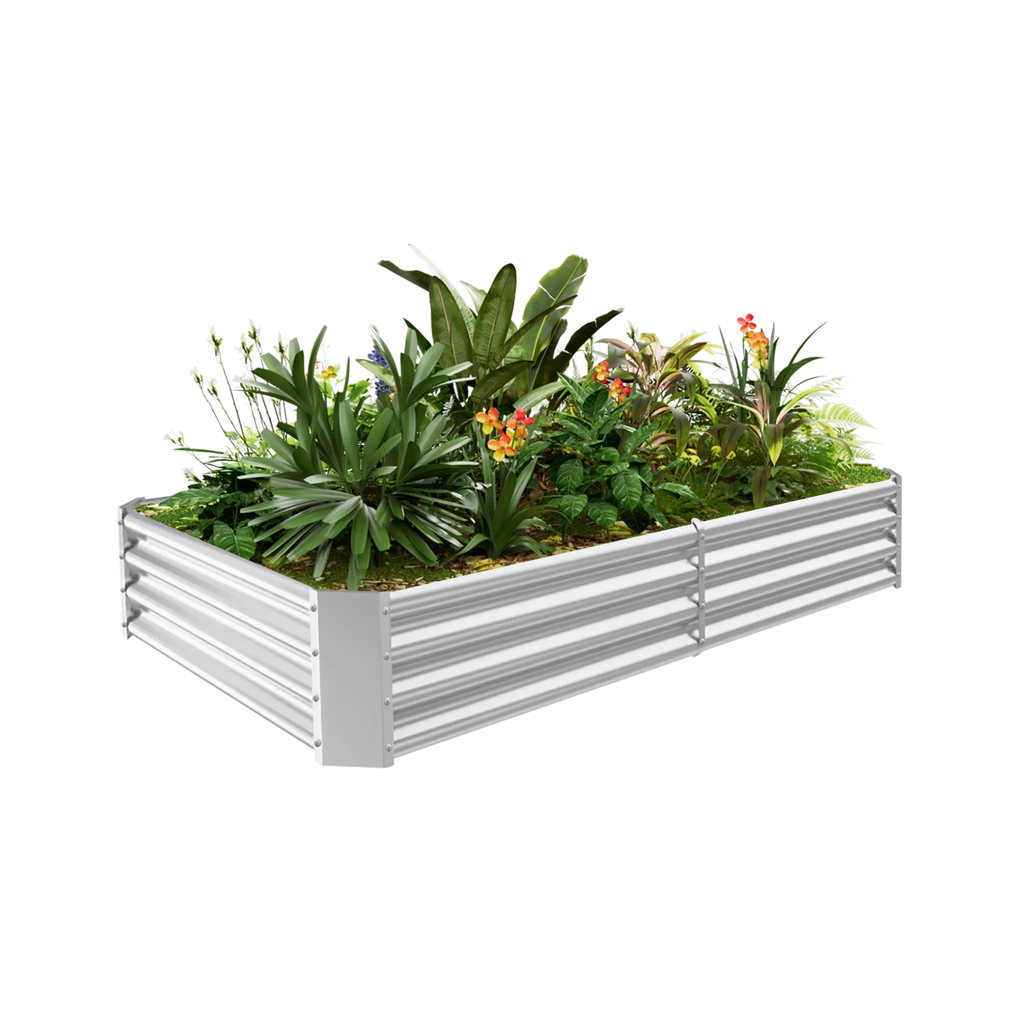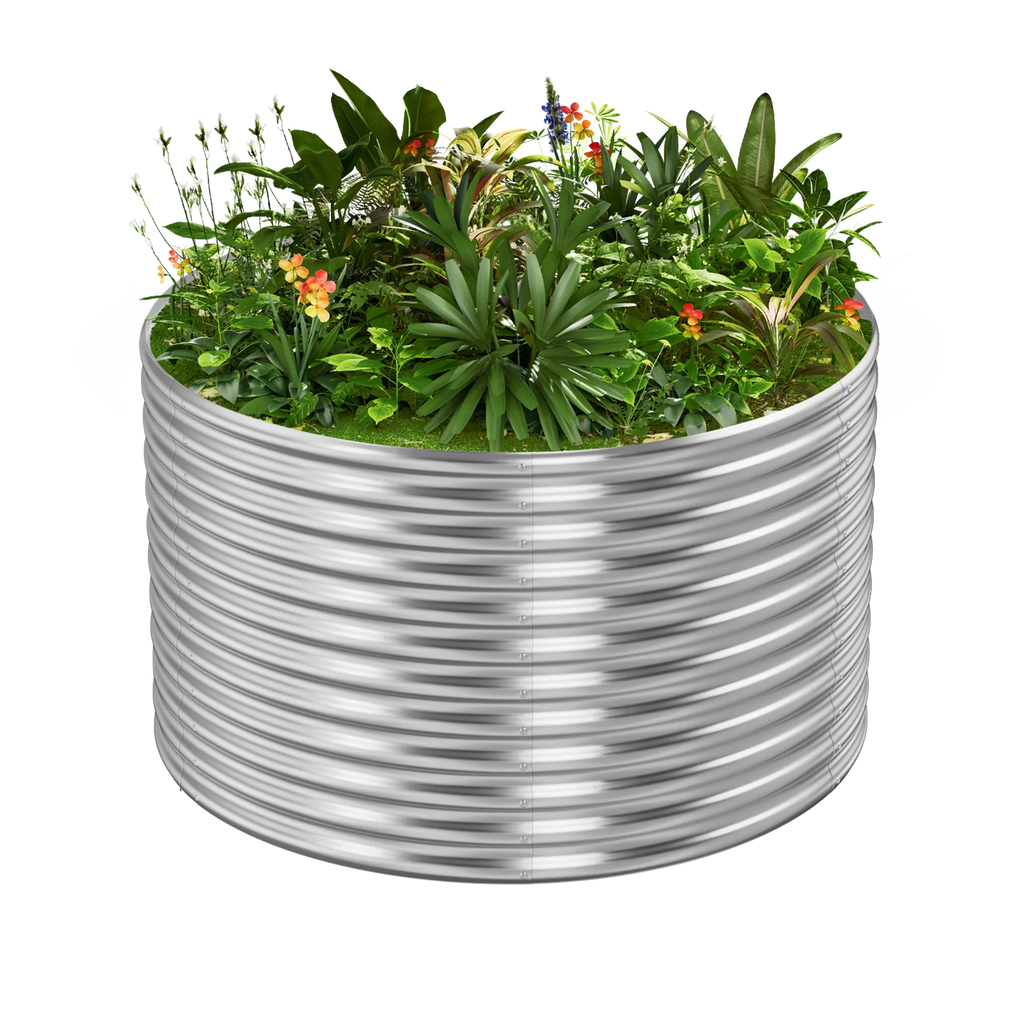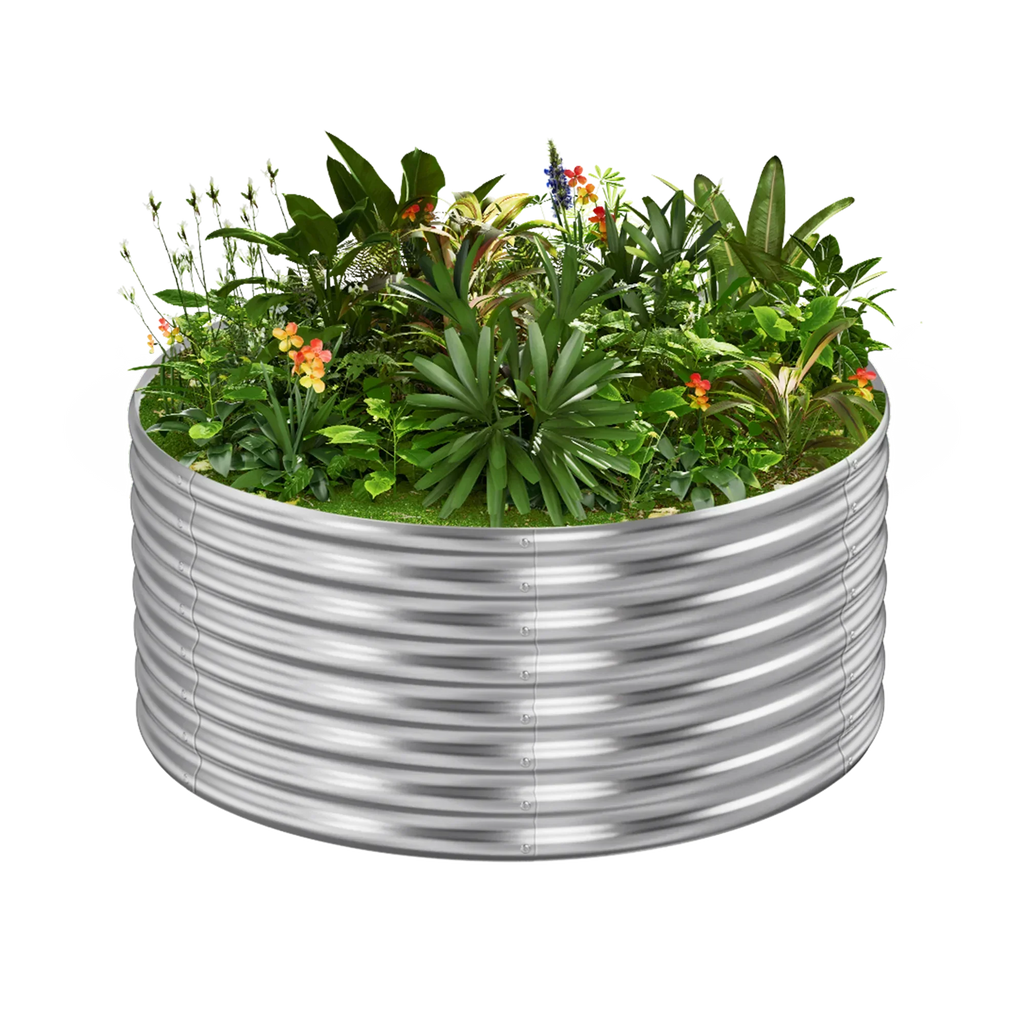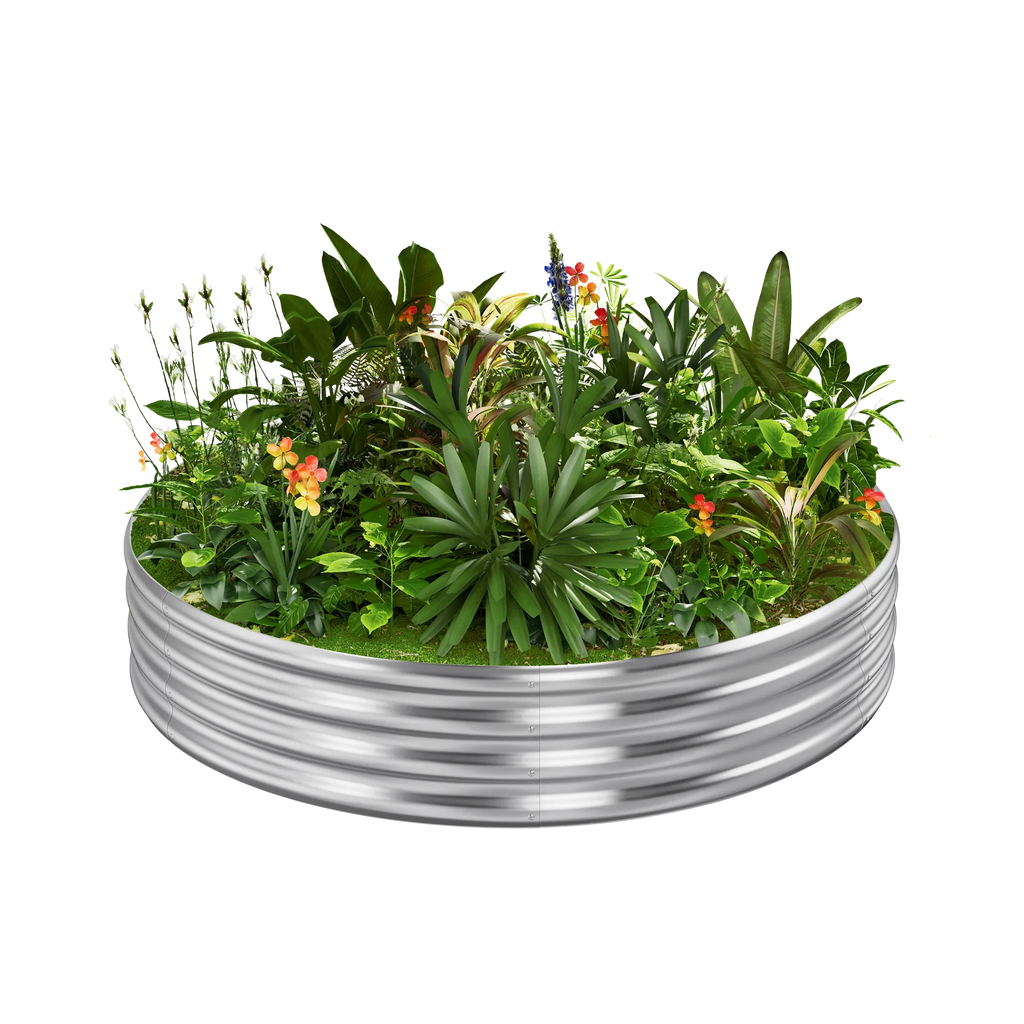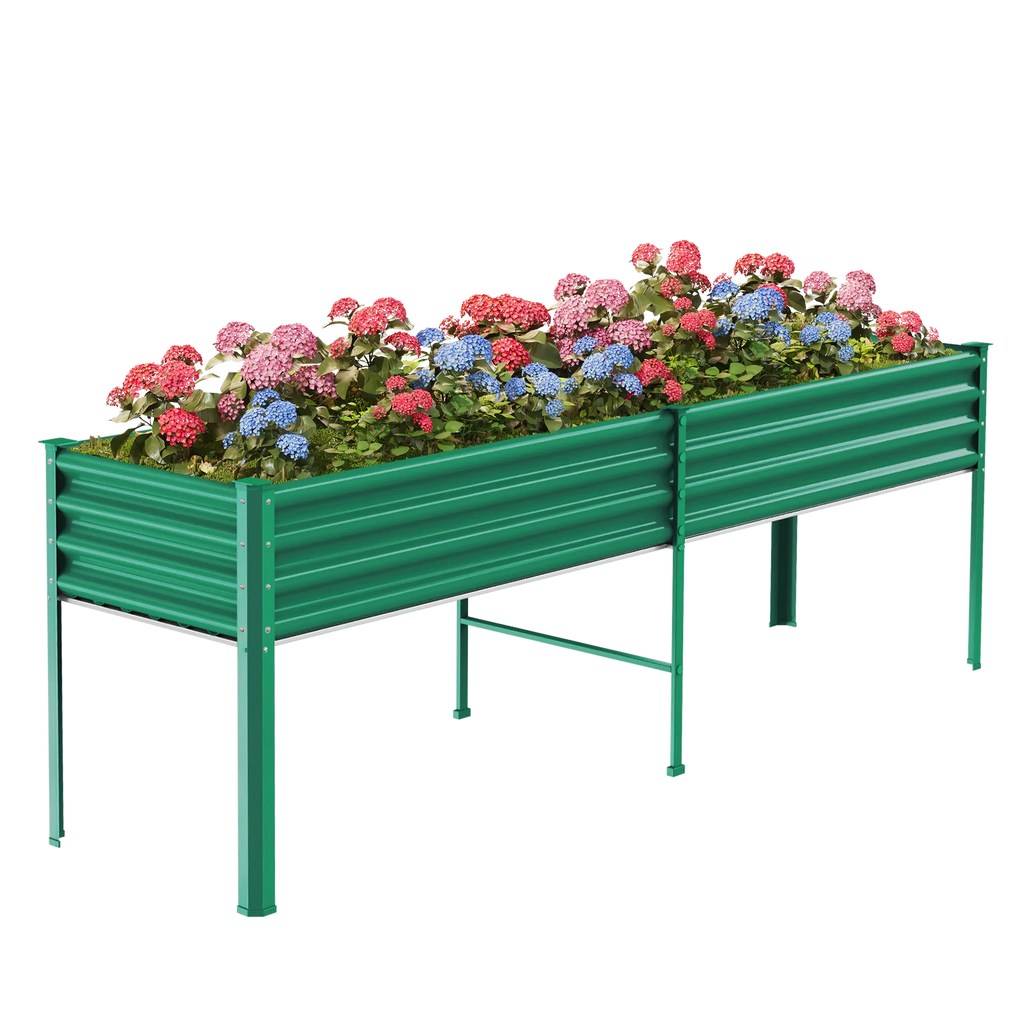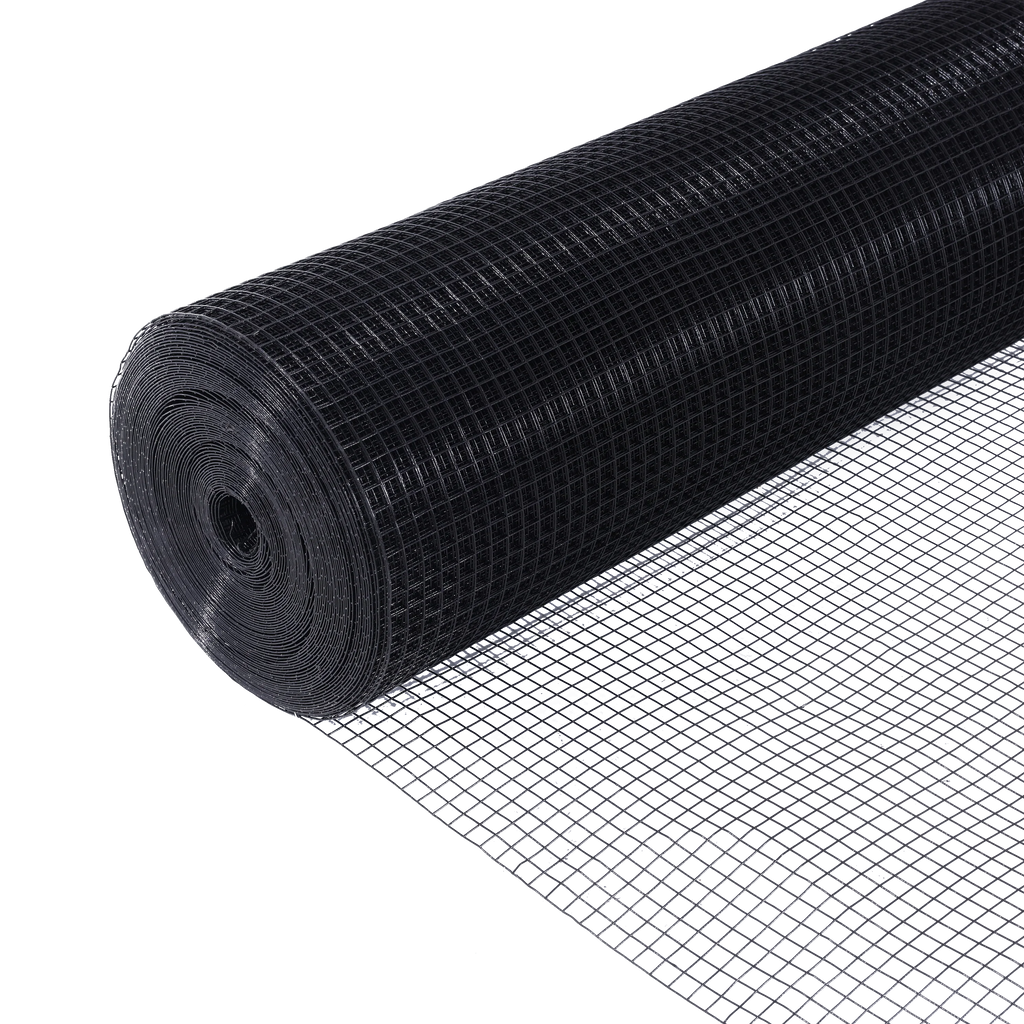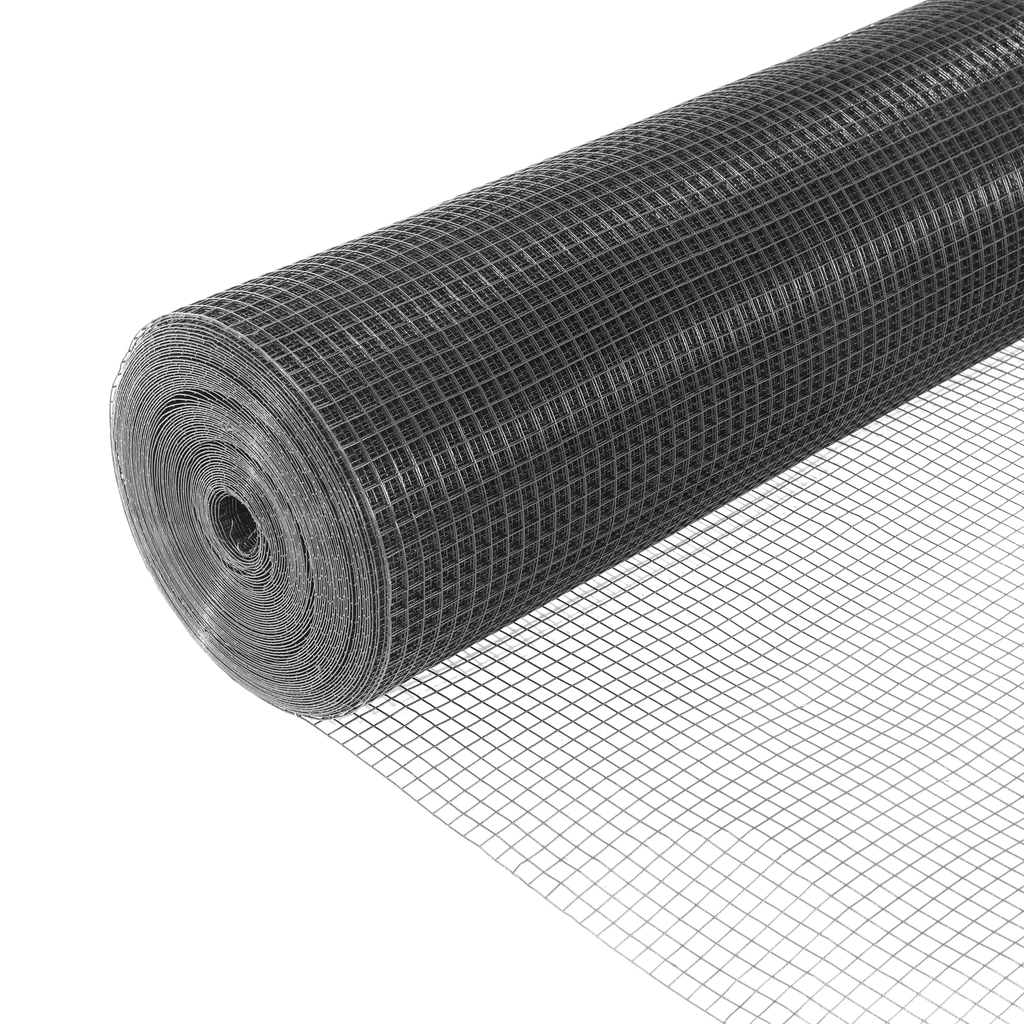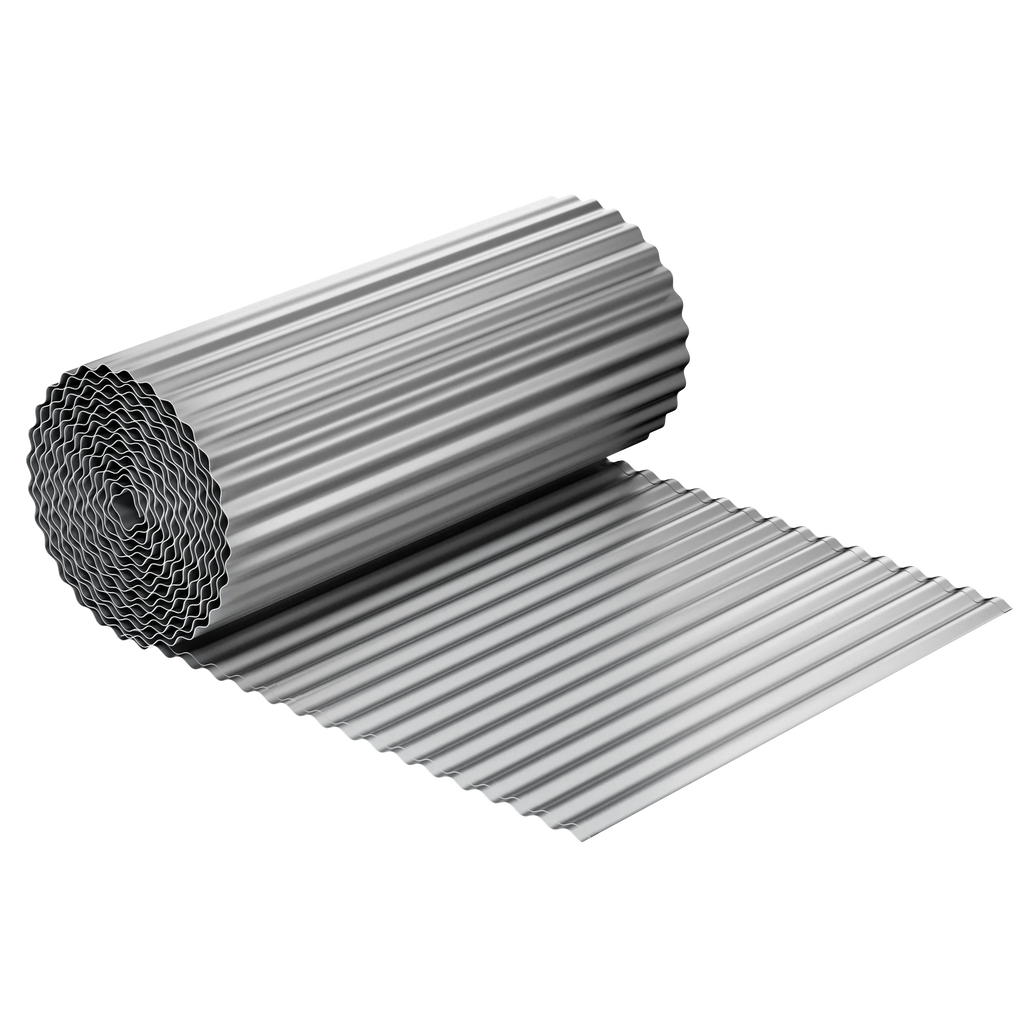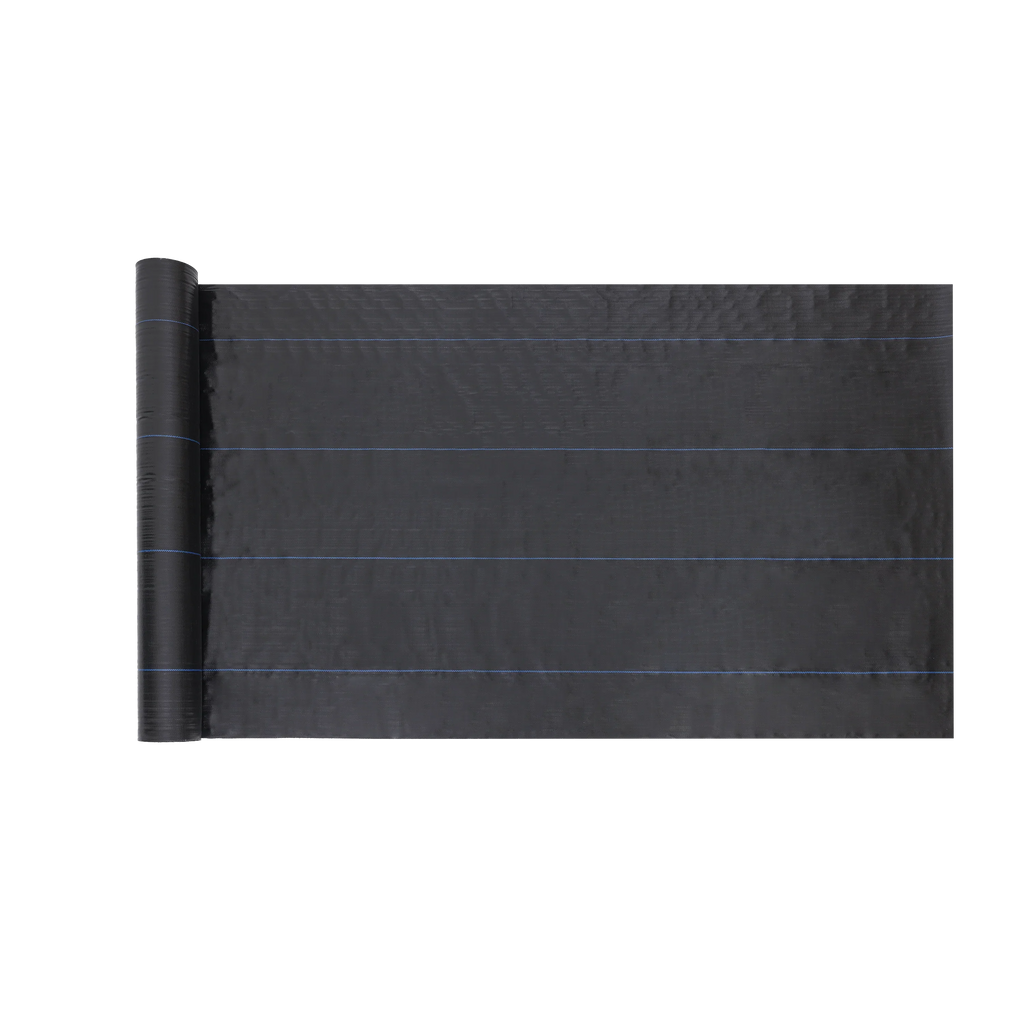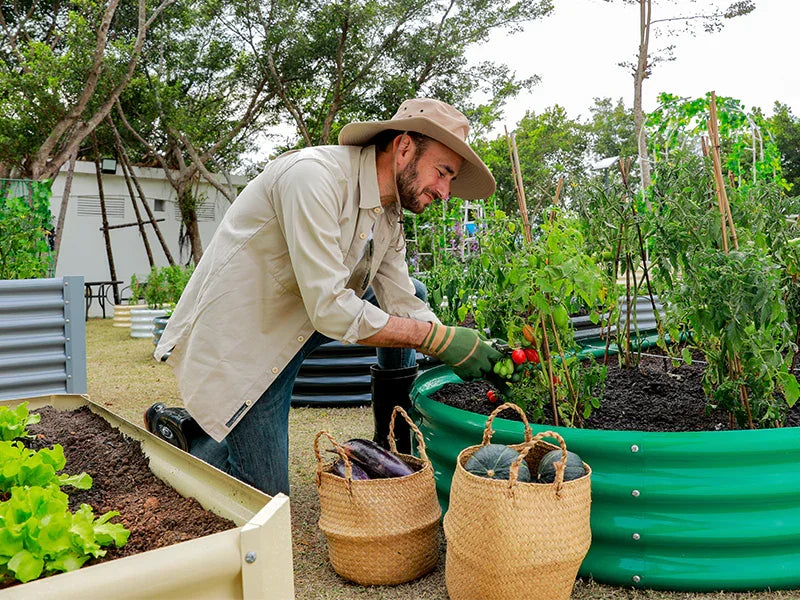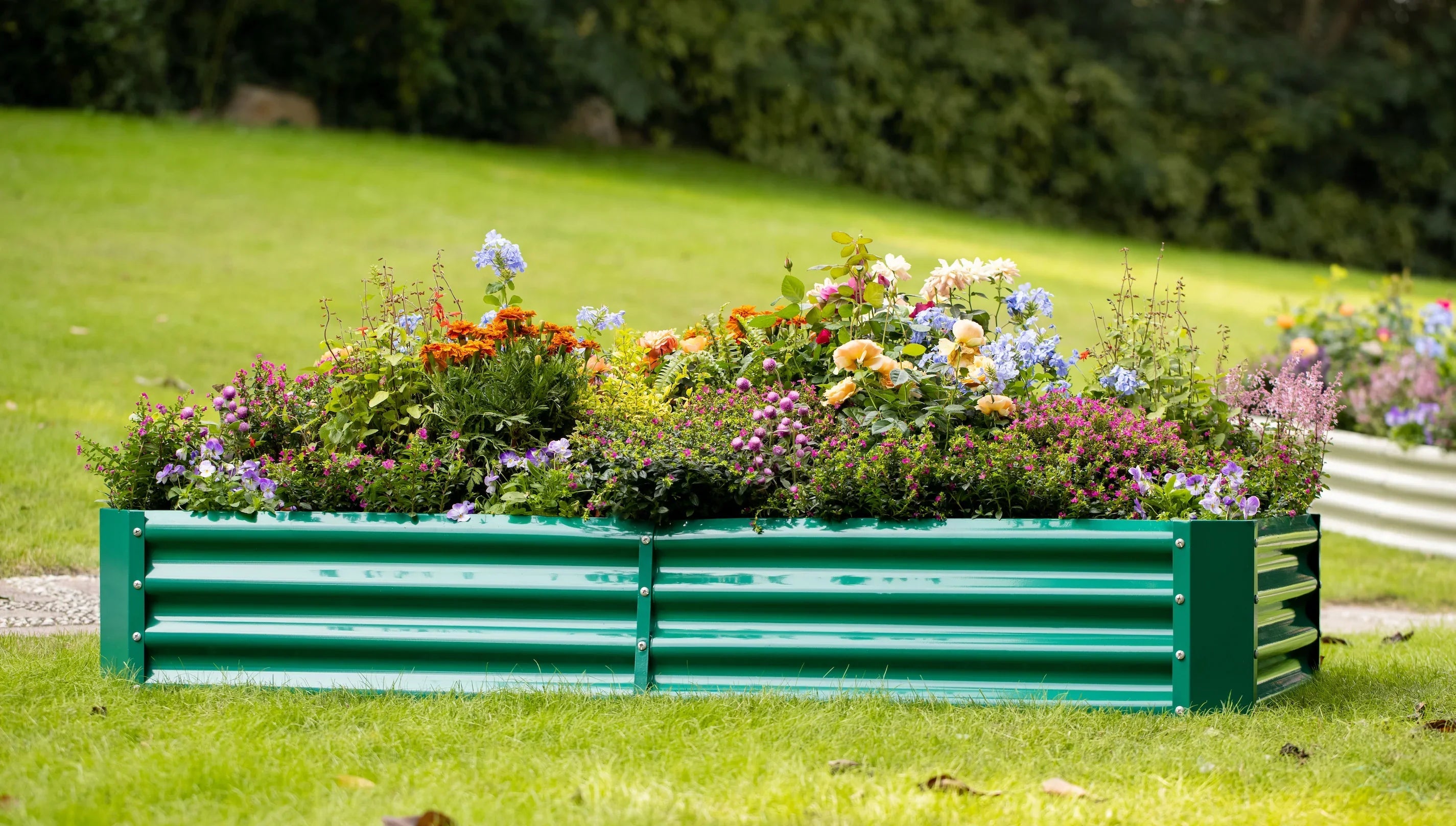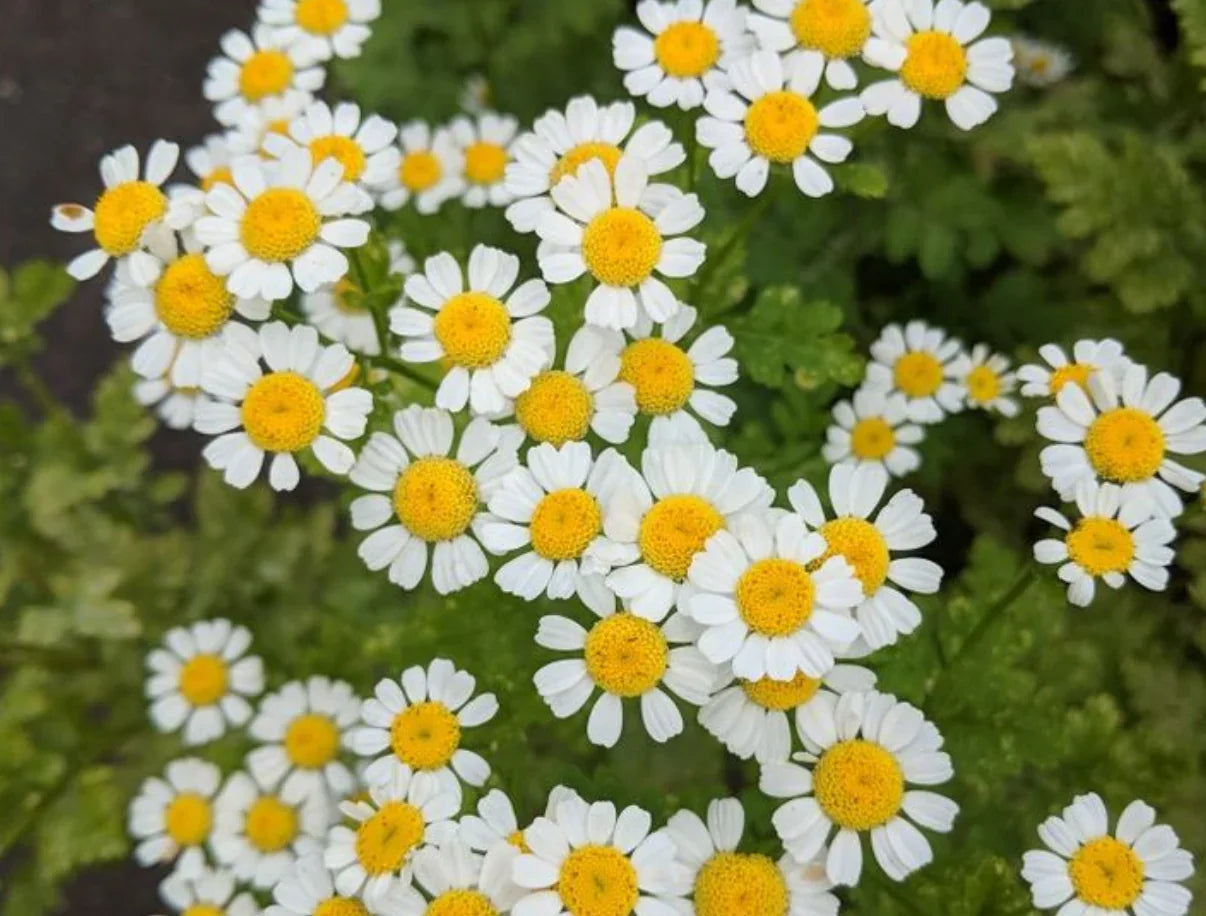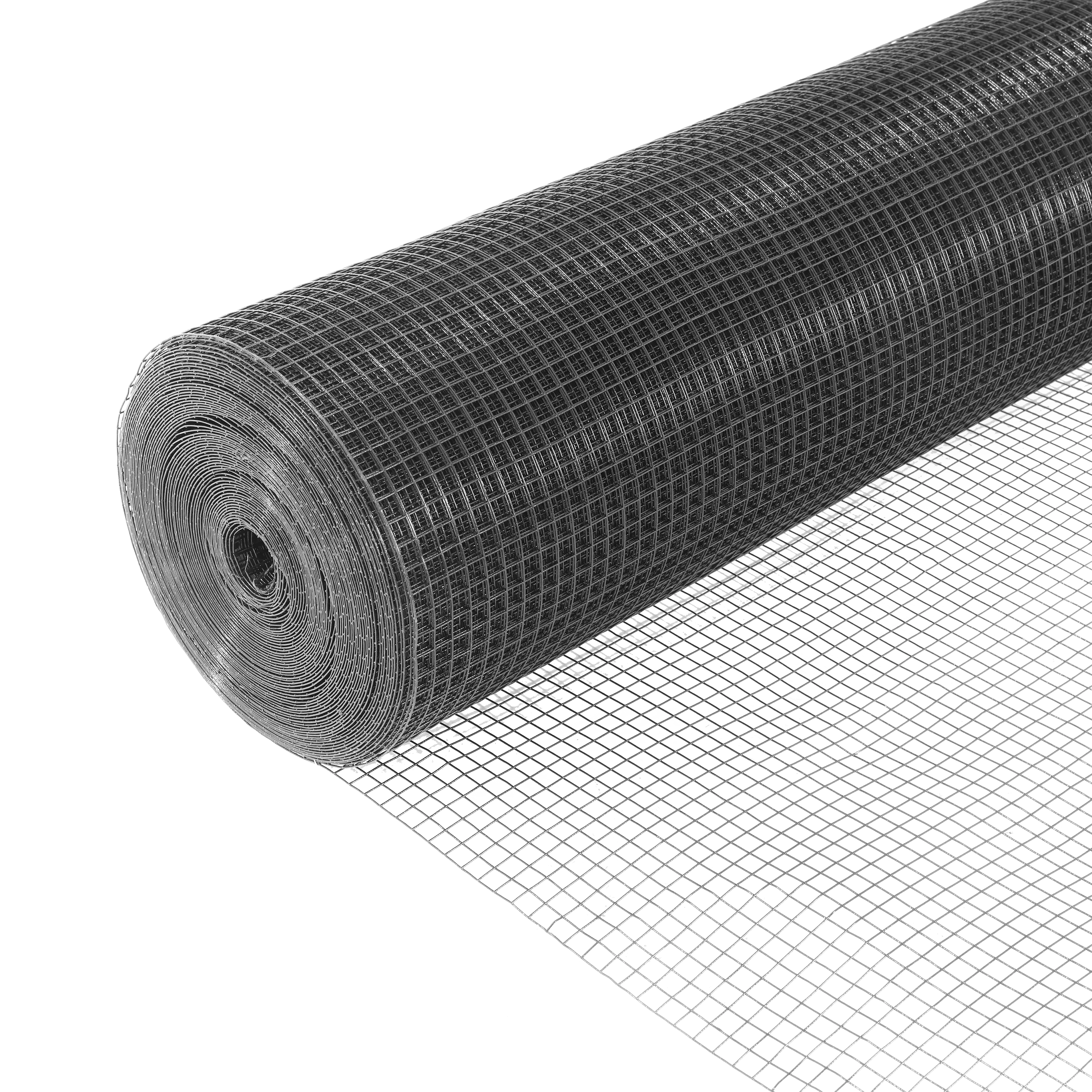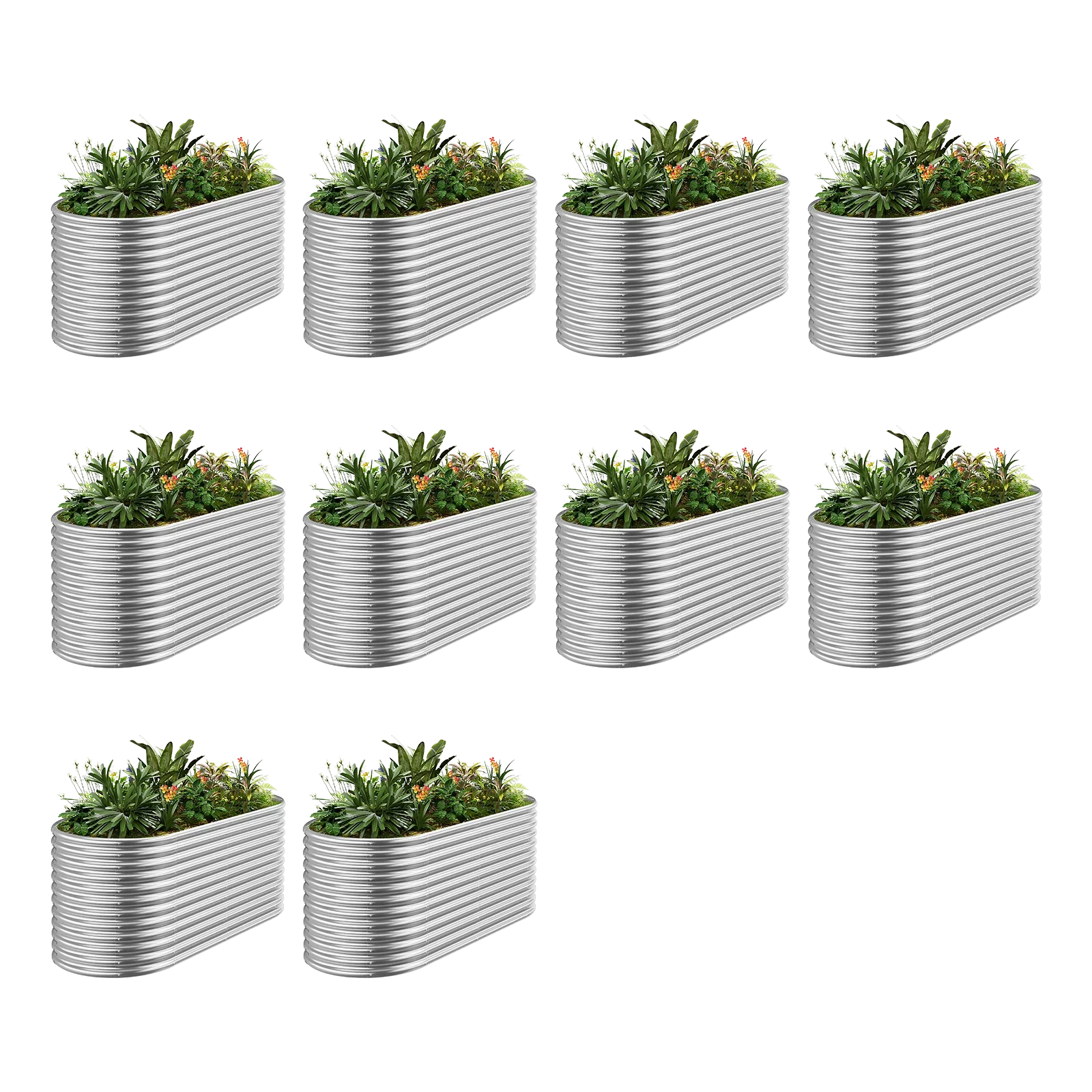Aloe vera is a versatile, low-maintenance plant that thrives in raised garden beds, making it a great choice for US gardeners looking to grow their own succulents. Known for its soothing gel and striking appearance, aloe vera is perfect for sunny climates and can even be grown in cooler regions with some care. Raised garden beds offer excellent drainage and soil control, which aloe vera loves. In this guide, we’ll walk you through everything you need to know to grow healthy aloe vera in raised garden beds, from choosing the right setup to harvesting those fleshy leaves.
Why Grow Aloe Vera in Raised Garden Beds?
Raised garden beds are ideal for aloe vera because they provide superior drainage—crucial for this desert plant that hates soggy roots. They also let you customize the soil mix, control weeds, and protect plants from ground pests. Whether you’re in a hot, arid state like Arizona or a cooler region like the Pacific Northwest, raised beds make it easier to create the perfect environment for aloe vera.
Step 1: Choose the Right Raised Garden Bed
Select a raised garden bed that’s at least 12 inches deep to give aloe vera’s roots room to grow. A 4x4-foot bed is a good size for beginners, offering enough space for multiple plants. Opt for materials like cedar or composite that withstand weathering, especially in humid or rainy US climates. Landguard Garden offers durable options like 4x4x1-foot beds, perfect for small spaces.
Tip: Place the bed in a spot with full sun (6-8 hours daily) for best growth.
Step 2: Prepare the Perfect Soil Mix
Aloe vera thrives in well-draining, sandy soil. Mix 50% potting soil with 30% sand and 20% perlite or pumice to mimic its native desert conditions. Avoid heavy, clay-rich soils that retain water. If you’re in a humid area like Florida, add extra perlite to boost drainage. Fill your raised bed to about 10-12 inches to ensure deep roots have space.
Pro Tip: Test drainage by watering the soil—if it pools, add more sand or perlite.
Step 3: Select and Plant Aloe Vera
Choose healthy aloe vera pups (small offshoots) or mature plants from a nursery. In the US, common varieties like Aloe barbadensis miller are widely available and hardy in USDA zones 9-11. For cooler zones (5-8), plan to bring plants indoors during winter. Space plants 18-24 inches apart in the bed to allow for growth. Dig a shallow hole, place the roots in, and cover lightly, keeping the base of the plant above soil level.
When to Plant: Spring or early summer is best, after the last frost in your region.
Step 4: Water Wisely
Aloe vera is drought-tolerant and needs minimal watering. Water deeply but infrequently—about once every 1-2 weeks, depending on your climate. In hot, dry areas like Texas, you might water weekly during summer. In cooler, wetter regions like Washington, water sparingly to avoid root rot. Always let the soil dry out completely between waterings.
Tip: Use a moisture meter to check soil dryness, especially in humid climates.
Step 5: Care and Maintenance
Aloe vera is low-maintenance but benefits from occasional care. Fertilize once a year in spring with a diluted, low-nitrogen cactus fertilizer. Remove dead leaves to prevent pests like mealybugs. In colder US zones, cover the bed with frost cloth or move potted aloe indoors when temperatures drop below 40°F (4°C). Mulch with gravel or small stones to retain heat and reduce weeds.
Pest Control: Watch for aphids or scale insects; a quick spray with neem oil can help.
Step 6: Harvesting Aloe Vera
You can start harvesting aloe leaves once the plant is established, usually after 6-12 months. Cut outer leaves close to the base with a clean, sharp knife, leaving the inner rosette to keep growing. Use the gel for skin care or smoothies, but avoid overharvesting to keep the plant healthy.
Storage Tip: Wrap cut leaves in plastic and refrigerate for up to a month.
Regional Tips for US Gardeners
· Southwest (Zones 9-10): Aloe thrives outdoors year-round in states like Arizona or Nevada. Use a 6x3x2-foot bed for larger plants.
· Southeast (Zones 8-9): In humid areas like Georgia, ensure extra drainage with taller beds (e.g., Landguard’s 6x3x3-foot model).
· Northeast/West (Zones 5-7): Grow in portable raised beds or pots to move indoors during winter freezes.
Conclusion
Growing aloe vera in raised garden beds is a rewarding project for US gardeners, whether you’re in a sunny desert or a cooler coastal area. With the right bed size, well-draining soil, and minimal care, you can enjoy lush, healthy aloe plants year after year. Follow these steps, tailor them to your USDA zone, and you’ll have a thriving aloe garden in no time. Grab a raised bed, plant your aloe, and start enjoying the benefits of this amazing succulent!










